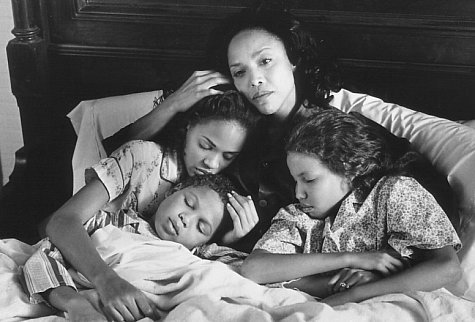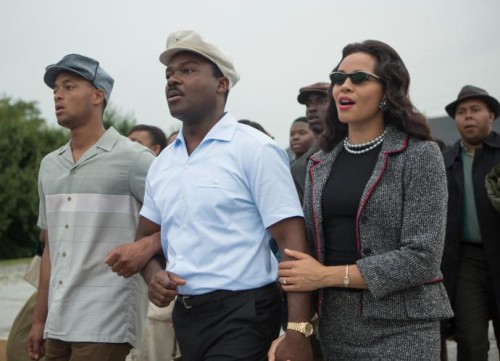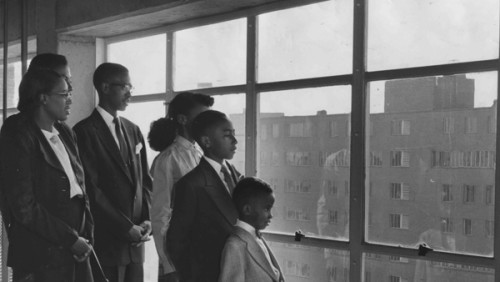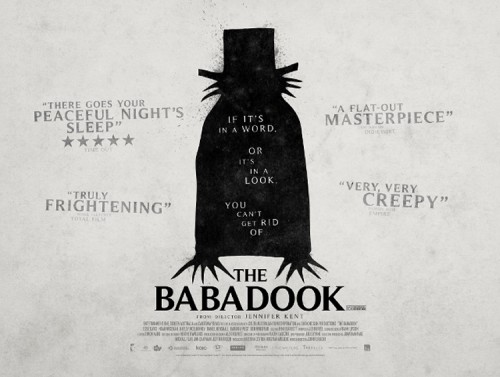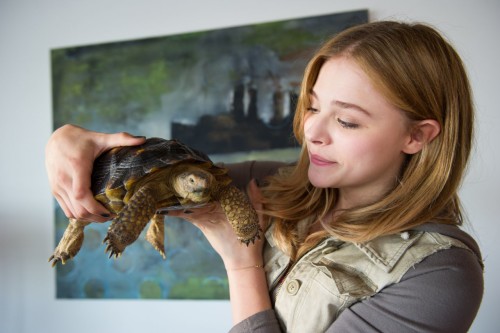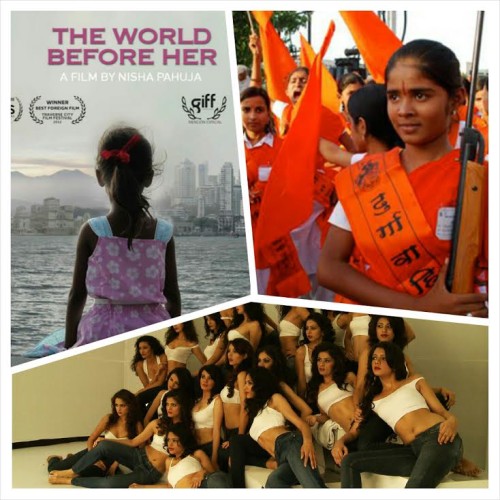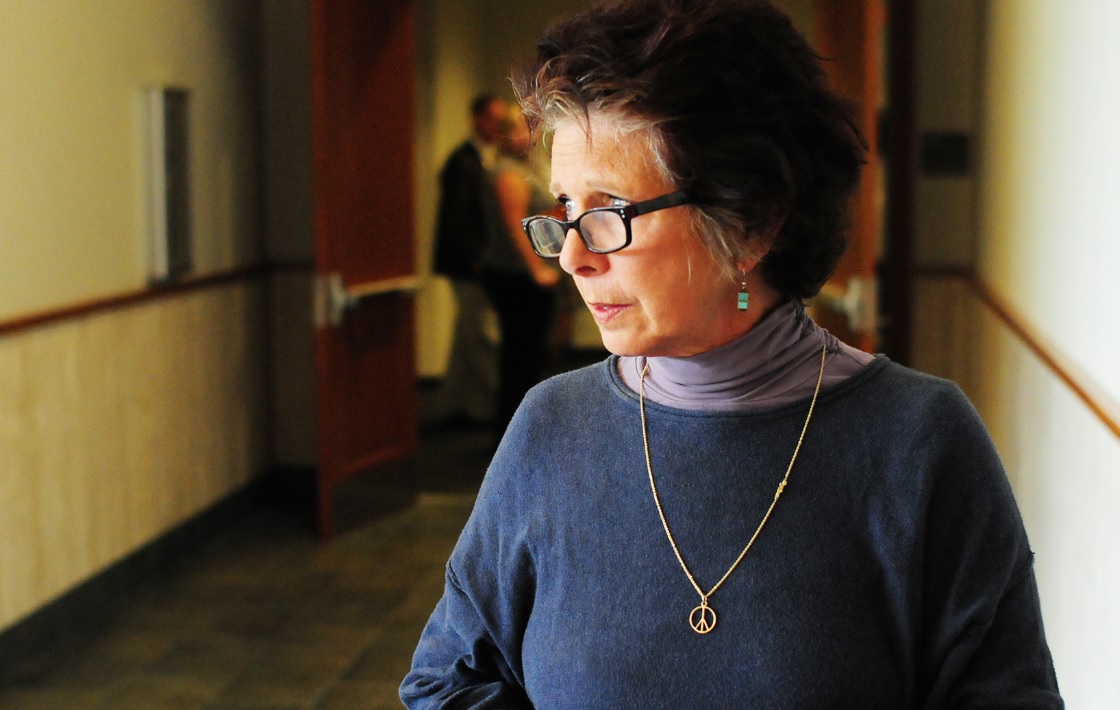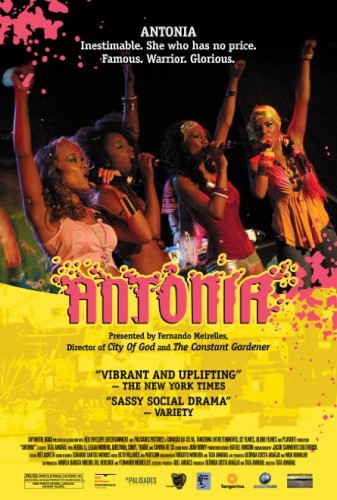This guest post by Rachel Wortherley appears as part of our theme week on Black Families.
Eve’s Bayou (1997) begins with the haunting lines: “The summer I killed my father I was 10 years old, my brother Poe was 9, and my sister Cisely had just turned 14.” With this preamble is the expectation of the tragic to occur. While the core of a majority of Black family dramas involves tragedy in the form of slavery, poverty, or mental/physical abuse, Kasi Lemmons’ directorial debut reinvents the way audiences view Black families. On a rare occasion, the story of a Black family is allowed to be told through the eyes of a Black female protagonist. Eve’s Bayou is in part a “coming of age” drama.
The history of the Batiste family of Louisiana lies in their ancestry. Eve, an African slave, saved a French aristocrat, Jean-Paul Batiste, from cholera. In return, Batiste granted her freedom and named the island in Louisiana, after her. In turn, Eve bore Batiste 16 children. Ten-year-old Eve Batiste (Jurnee Smollett), the story’s protagonist, is named after her and is a descendant of Eve and Jean-Paul Batiste. The fact that their ancestry is an integral part of their lives reveals several things: the first being that they clearly know who they are in terms of culture. Through the sordid decades of slavery, Blacks in America have little to no knowledge of their genealogy. It is a part of our past that is not clearly defined. However, in Eve’s Bayou, their background is not only acknowledged but embraced. They can often be heard speaking French phrases throughout the film. The story of Eve also elevates the image of Black women as the foundation of families. This element becomes most important as the film progresses.
The first time audiences meet the Batiste family, we are immediately thrust into a world that is uncharted and unfamiliar for most Black families in motion pictures, as well as the audiences. The hot sound of jazz fills the Victorian mansion, women are dressed in fine satins, and laughter fills the air. The young Eve appears and immediately incites mischief upon her brother Poe (Jake Smollett), while her sister, Cisely (Meagan Good), reprimands them, likening them to William Shakespeare’s Tybalt and Mercutio. Louis Batiste (Samuel L. Jackson) is their father and a successful, beloved doctor in the community. Their mother, Roz (Lynn Whitfield) is a homemaker, whose beauty is referenced throughout the film. There appears to be a strong family dynamic and they are living the quintessential American dream. Here, the Black family to audiences is “normalized” to a general American landscape. This factor becomes a metaphor for the supernatural aspects—the gift of second sight—of the film. Lemmons forces her audience to see beyond what is generally depicted about a Black family in the 1950s.
While the traditional family dynamic is important in the film, the coming of age aspect is even more so instrumental to the plot. When audiences first meet Eve, we see through her eyes how she feels marginalized within the family dynamic. She suffers from the classic “middle child” syndrome. Poe, her younger brother, is the quintessential “mama’s boy” to Roz, while Cisely is the clandestine “daddy’s girl” to Louis. Eve finds kinship in her aunt Mozelle (Debbi Morgan). Both share two qualities: their beautiful red hair and the gift of second sight. Not only do Eve and Mozelle see the future, but they are hyper-aware of their surroundings. This becomes especially significant when Eve becomes cognizant of her father’s infidelity. This realization not only disrupts the harmonious father-daughter relationship, but ultimately changes their family dynamic.
Louis’ penchant for adultery is not something that is usually portrayed in stories about Black families. Largely, Black fathers are either portrayed as: physically/emotionally absent or highly upstanding. In comedies, fathers are most likely the source of comic relief, while his wife is the “straight man” and the situational aspects generally focus on him or he is involved in some manner in the resolution. A current example of this is ABC’s Black-ish, while earlier incarnations are The Cosby Show, and The Jeffersons. I think that in Lemmons’ film, as well as Spike Lee’s Jungle Fever, fathers are portrayed as loving, yet flawed. Louis is undoubtedly a serial adulterer, but that does not change his affection toward his children.
When Eve discovers Louis’ infidelity she and Cisely begin to either cling to or detach themselves from him. Eve accompanies him on his house calls—once he closes the door in Eve’s face to give a patient what can be presumed “sexual healing.” This later prompts Eve to question, “Do you ever want other children besides us?” Louis assures her by telling her that he loves her mother, but the seed of distrust was planted the night of the party when she witnessed his infidelity in the shed with family friend, Mrs. Matty Mereaux. Cisely begins to cling to her father. She waits up for him at night when he arrives home late from house calls and pours him a drink to assuage his stress. Cisely also contends with Roz, who scolds Louis about his late nights. Cisely sees her mother as the antagonist who is driving her father out of their lives. This anxiety arguably prompts the “kiss of death” that transpires between Louis and Cisely.
The kiss that occurs between Cisely and her father is what Eve thinks led to his subsequent death. Cisely confides to Eve that one night, she went to comfort her father and a sexual kiss was exchanged. At her resistance he slaps her to the grown and a look of rage filled his eyes. This admission prompts Eve to procure the local witch, Elzora (Diahann Carroll), to cast a spell of death. However, the night that Louis is killed, something within Eve prompts her to attempt to save her father. In going to the town bar to bring him home, it is likely that Eve has reservations about how he hurt Cisely. But it is hard to not believe her sister when Eve has witnessed her father’s distrust on a number of occasions. Yet, it is too late, Mr. Mereaux in a crime of passion, shoots Louis dead, with Eve as witness. This moment leaves Eve forever changed, even more so when she discovers that Louis did not molest Cisely. Rather Cisely’s prominent memory is that Louis hurt her. Symbolically this means that everything Cisely disbelieved about her father to be true.
It is significant that in the beginning of the film, adult Eve states: “The summer I killed my father I was 10 years old, my brother Poe was 9, and my sister Cisely had just turned 14.” Whereas at the end she says: “The summer my father said goodnight I was 10 years old, my brother Poe was 9, and my sister Cisely had just turned 14. ” This changing in lines demonstrates that Eve accepts that her father’s death was not of her provocation, but his own.
The death of Louis allows for several new things to occur. It brings Roz closer to her children, it allows Eve to understand that not everything is “black and white,” and most significantly, women continue to be the foundation of their family. Though Poe is the sole male in their household, perhaps upbringing from Roz, Cisely, Eve, and Mozelle will influence him on how to respect women. However, Cisely and Eve are missing years in their adolescence in which fatherly love and influence is key. Yet there is not the sense that the sisters will stray. The indicator of this lies in the final shot as Eve destroys Louis’ letter in which he reveals the miscommunication between him and Cisely. Ten-year-old Eve assumes the role of her ancestor Eve by nurturing her sister. As they stand together, hand in hand, looking out across the bayou, they intend to deal with this situation and future hardships together. Eve’s Bayou ultimately becomes about how women and sisters look beyond tragedy to find strength in one another.
Rachel Wortherley is a graduate of Iona College in New Rochelle, New York and holds a Master of Arts degree in English. Her downtime consists of devouring copious amounts of literature, television shows, and films. She hopes to gain a doctorate in English literature and become a professional screenwriter.
